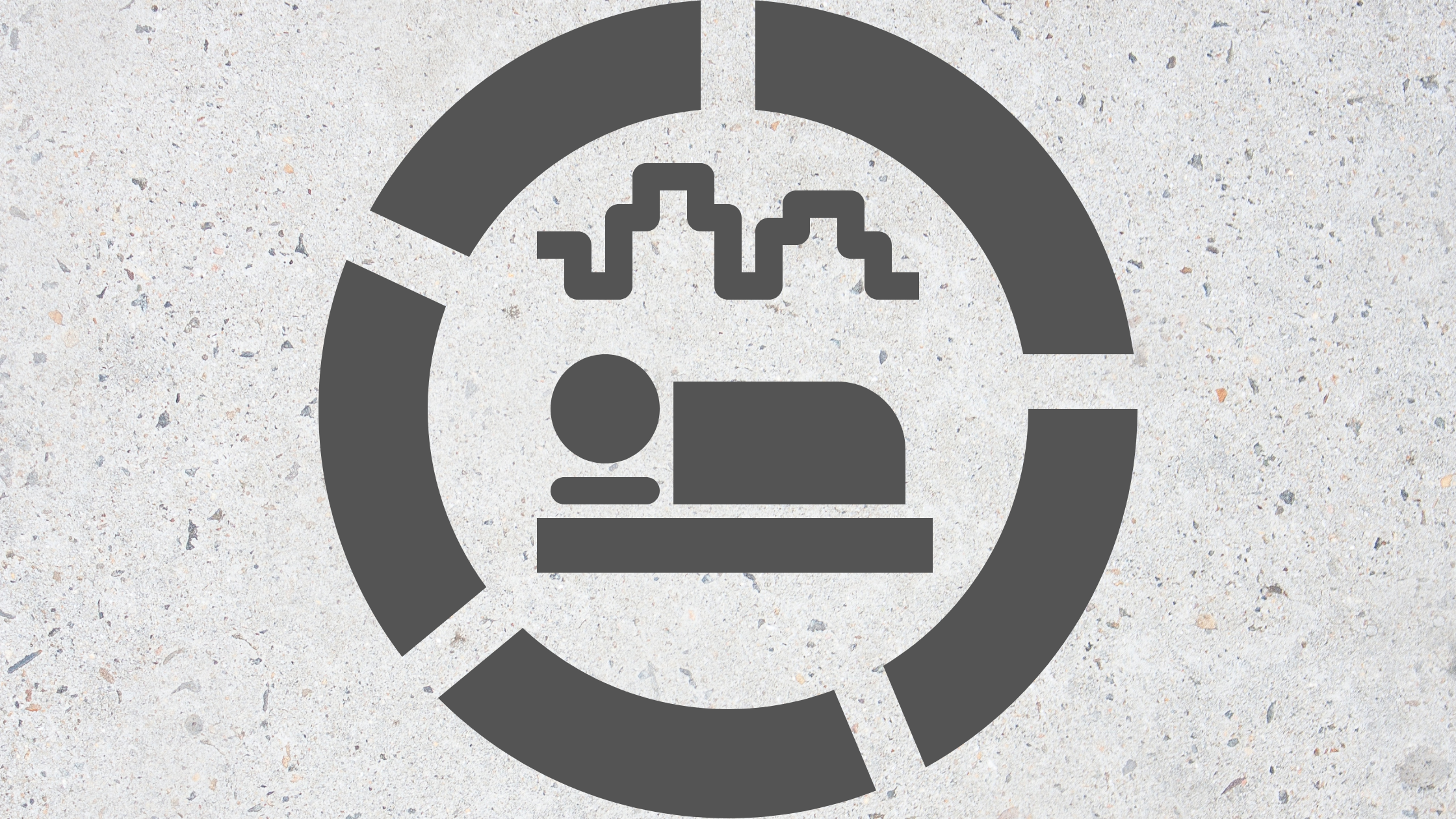In our fast-paced world, sleep is often an underappreciated luxury. Yet, it's more than just a time of rest; it's a complex process with profound impacts on our health and daily functioning. Today, we are diving into the intriguing world of REM and non-REM sleep, peeling back the layers of what happens when we close our eyes each night.
Muscle Tension and Sleep: How Tight Muscles Disrupt Rest and What to Do About It
Do you ever go to bed feeling tense, only to toss and turn, struggling to fall asleep? Or maybe you wake up feeling sore and stiff, as if your body never fully relaxed overnight. Muscle tension and sleep are closely connected, and unresolved tension can prevent deep, restorative rest. Understanding why muscle tension affects sleep—and how to manage it—can help you improve your sleep quality and wake up feeling refreshed.
Understanding NREM Sleep: The Foundation of Restorative Sleep
Sleep is essential for physical and mental well-being, and it is divided into two main types: non-rapid eye movement (NREM) sleep and rapid eye movement (REM) sleep. While REM sleep is often associated with dreaming, NREM sleep plays a crucial role in physical restoration, memory consolidation, and overall brain function. Understanding the importance of NREM sleep can help you optimize your sleep quality and overall health.
Sleep is far more complex than simply drifting off into unconsciousness at the end of a long day. As you rest, your body and mind pass through a series of sleep stages that play a crucial role in physical recovery, memory consolidation, and overall well-being. Understanding the five stages of sleep can help you appreciate the importance of a full night’s rest and recognize why disruptions to these stages can leave you feeling tired and unrefreshed. Let’s take a closer look at each stage and what happens as your body moves through this intricate process.
Rapid Eye Movement, REM, sleep is the fourth and final stage of each sleep cycle. This stage is the closest to being awake that you can be, partly due to the amount of eye movement that happens. Your heart beats faster and you breathe faster because this is the stage where dreams happen.
It's important to understand sleep cycles. A good night of sleep has anywhere from four to six sleep cycles that last 90-110 minutes. There are four stages of sleep, the first three known as non-REM; NREM1, NREM2, NREM3. Then REM is the final part before we begin the cycle all over again.




